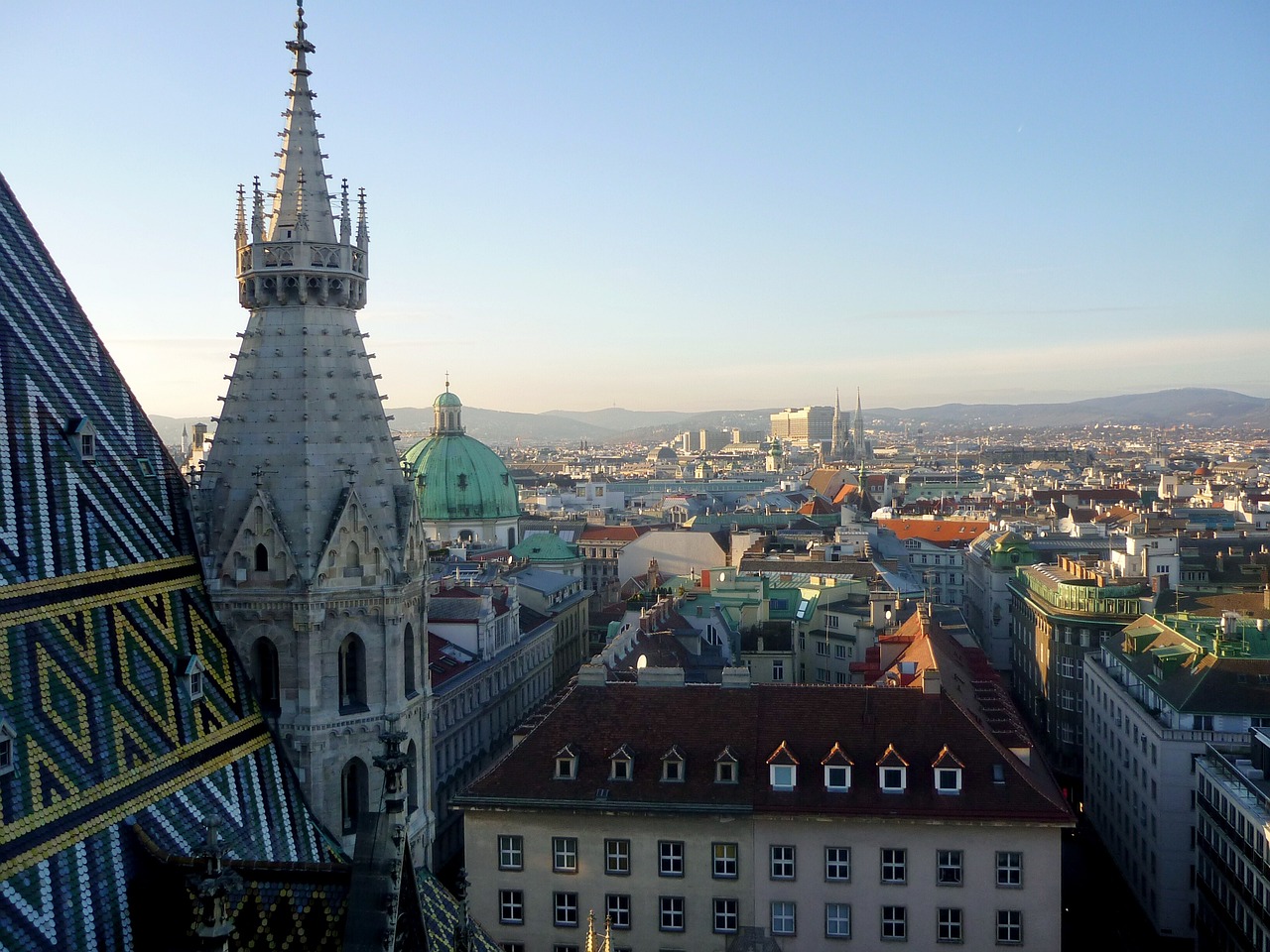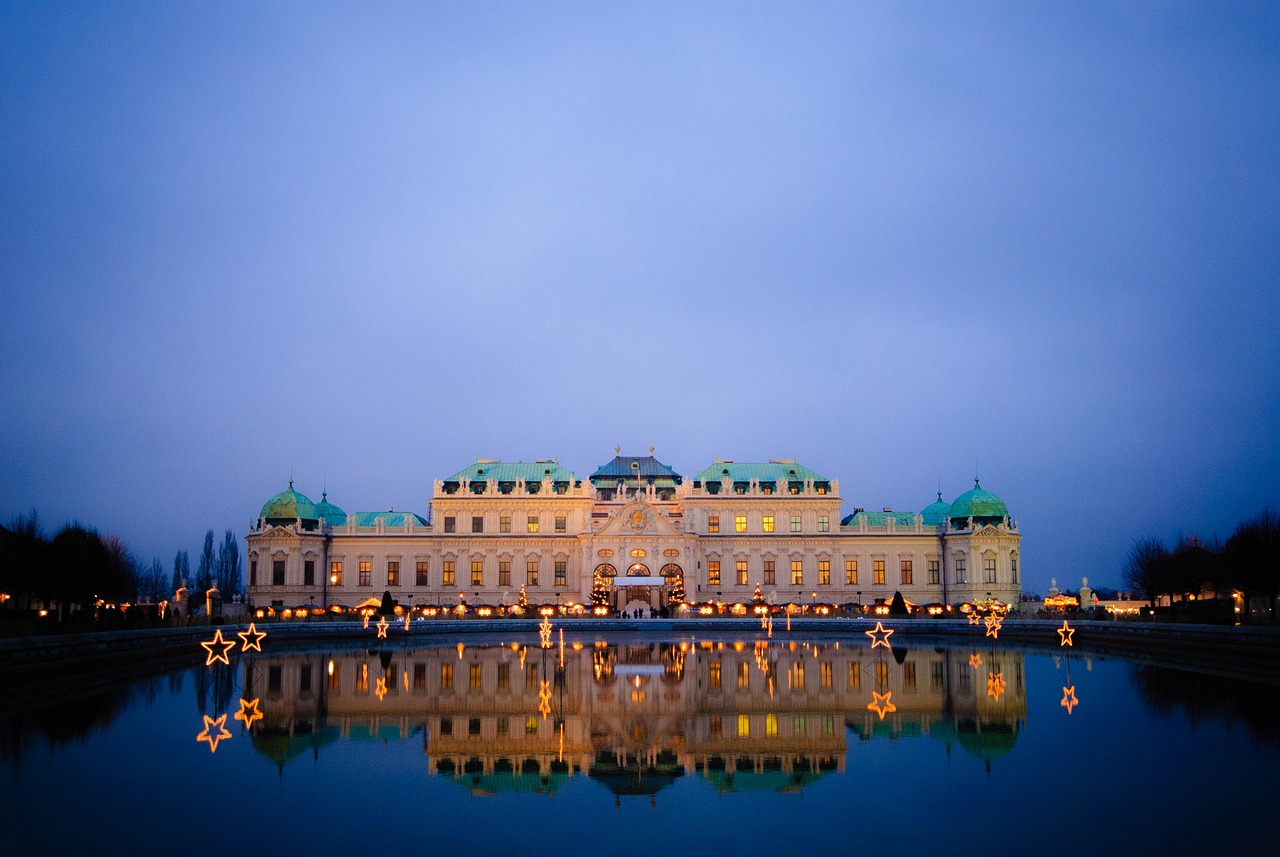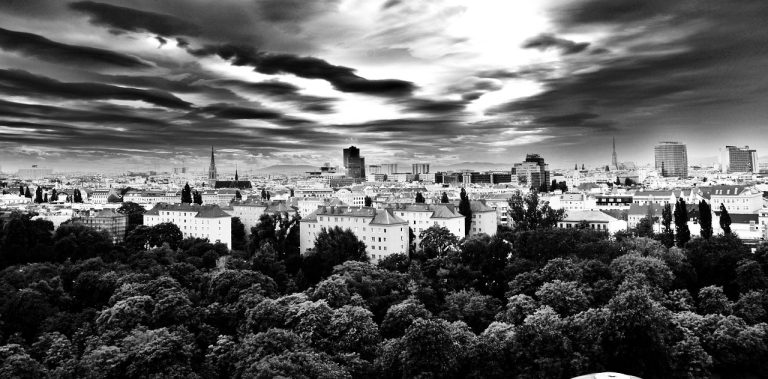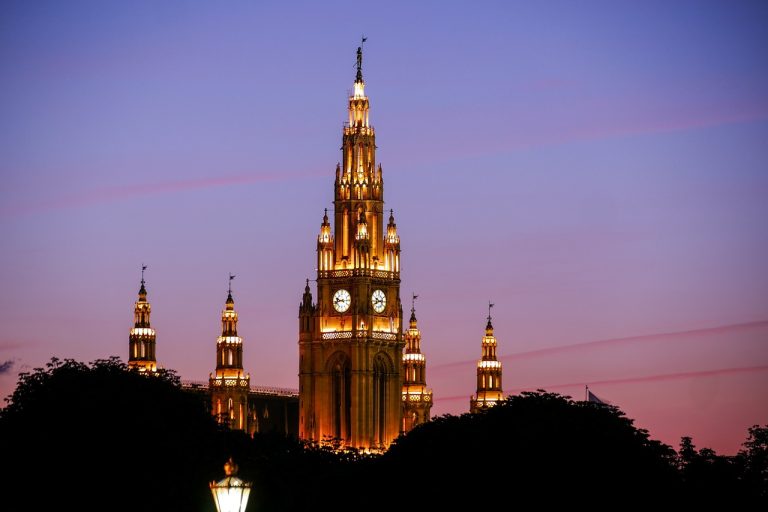Vienna Austria Video
The Cultural Evolution of Vienna Austria
Vienna, the capital city of Austria, is a city rich in history and culture. Over the centuries, it has undergone a remarkable cultural evolution, shaping its identity as one of Europe’s most vibrant and influential cities. From its beginnings as a Roman settlement to its current status as a hub of music, art, and intellectualism, Vienna has continuously adapted and reinvented itself. This article explores the various stages of Vienna’s cultural evolution, highlighting its key milestones and contributions.
Vienna’s Roman Origins
- Vienna was originally a Roman military camp established in the 1st century AD.
- Keywords: Roman settlement, military camp
- Vienna’s strategic location along the Danube River made it an important outpost for the Roman Empire.
- The Romans left behind architectural remnants, such as the foundations of a Roman fort, which can still be seen today.
The Rise of the Habsburg Dynasty
- The Habsburg dynasty came to power in the 13th century and played a significant role in shaping Vienna’s cultural landscape.
- Keywords: Habsburg dynasty, cultural landscape
- Under the Habsburgs, Vienna became the capital of the Holy Roman Empire and later the Austro-Hungarian Empire.
- The Habsburgs’ patronage of the arts and sciences led to the establishment of prestigious institutions, including the Vienna State Opera and the University of Vienna.
The Age of Enlightenment
- During the 18th century, Vienna experienced a period of intellectual and artistic flourishing known as the Age of Enlightenment.
- Keywords: Age of Enlightenment, intellectual flourishing
- Prominent figures such as Mozart, Haydn, and Beethoven were active in Vienna during this time, contributing to the city’s reputation as a center of classical music.
- The Enlightenment also brought advancements in science, philosophy, and political thought, shaping Vienna’s intellectual landscape.
Vienna Secession and Art Nouveau
- In the late 19th century, Vienna became a hotbed of artistic rebellion with the emergence of the Vienna Secession movement.
- Keywords: Vienna Secession, artistic rebellion
- Artists like Gustav Klimt and Egon Schiele challenged traditional artistic norms and embraced the Art Nouveau style.
- The Secession Building, designed by architect Joseph Maria Olbrich, stands as a testament to this period of artistic innovation.

The Golden Age of Viennese Music
- Vienna experienced a golden age of music in the late 18th and early 19th centuries.
- Keywords: Golden age, Viennese music
- Composers such as Mozart, Haydn, Beethoven, and Schubert created some of their most renowned works in Vienna.
- The Vienna Philharmonic Orchestra and the Musikverein concert hall continue to uphold Vienna’s musical legacy.
Vienna as a Center of Intellectualism
- Throughout its history, Vienna has been a breeding ground for intellectual and scientific advancements.
- Keywords: Center of intellectualism, scientific advancements
- The Vienna Circle, a group of philosophers and scientists, made significant contributions to logical positivism and the philosophy of science in the early 20th century.
- Vienna was also home to renowned psychologists such as Sigmund Freud and Alfred Adler, who revolutionized the field of psychoanalysis.

Vienna’s Architectural Marvels
- Vienna boasts a diverse architectural landscape, blending various styles from different periods.
- Keywords: Architectural marvels, diverse styles
- The Gothic St. Stephen’s Cathedral, the Baroque Belvedere Palace, and the modernist Hundertwasserhaus are just a few examples of Vienna’s architectural gems.
- The city’s architecture reflects its rich history and serves as a testament to its cultural evolution.
The Vienna Coffeehouse Culture
- The Viennese coffeehouse culture has been an integral part of the city’s social fabric for centuries.
- Keywords: Coffeehouse culture, social fabric
- Vienna’s coffeehouses have served as meeting places for intellectuals, artists, and writers, fostering creativity and intellectual discourse.
- They are renowned for their unique atmosphere, where patrons can enjoy a cup of coffee while engaging in lively conversations or simply indulging in the pleasure of reading.
Vienna’s Modern Art and Design Scene
- Vienna has embraced modern art and design, becoming a hub for contemporary creativity.
- Keywords: Modern art, design scene
- The MuseumsQuartier, a complex of modern art museums and exhibition spaces, showcases Vienna’s commitment to contemporary art.
- The city also hosts the Vienna Design Week, an annual event celebrating innovative design and architecture.

Conclusion
Vienna’s cultural evolution has shaped it into a city of immense historical and artistic significance. From its Roman origins to its status as a center of music, art, and intellectualism, Vienna continues to captivate visitors with its rich cultural heritage. The city’s architectural marvels, coffeehouse culture, and modern art scene contribute to its unique and vibrant atmosphere. Exploring Vienna is a journey through time and a celebration of human creativity.
References
1. Vienna History – https://www.wien.info/en/sightseeing/vienna-2018/vienna-history
2. Vienna State Opera – https://www.wiener-staatsoper.at/en/
3. University of Vienna – https://www.univie.ac.at/en/
4. Vienna Secession – https://www.secession.at/en/
5. Vienna Philharmonic Orchestra – https://www.wienerphilharmoniker.at/
6. Musikverein – https://www.musikverein.at/en
7. Vienna Circle – https://plato.stanford.edu/archives/win2016/entries/vienna-circle/
8. St. Stephen’s Cathedral – https://www.stephanskirche.at/
9. Belvedere Palace – https://www.belvedere.at/en
10. Hundertwasserhaus – https://www.hundertwasserhaus.at/en/







